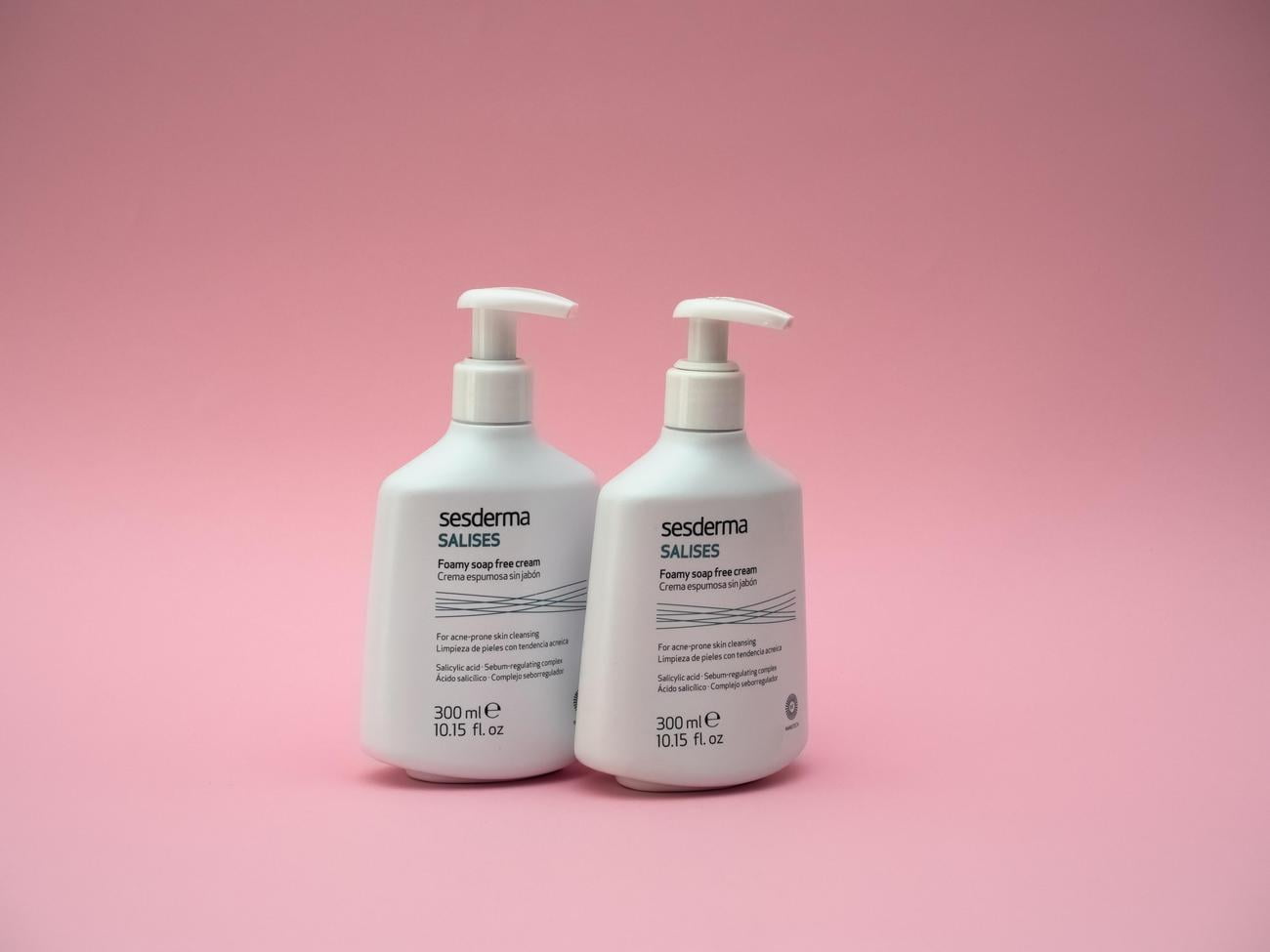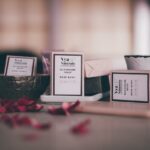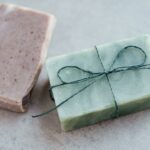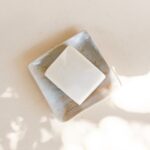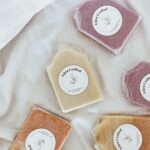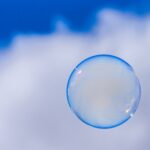Are you ready to dive into the intriguing world of soap ingredients? Brace yourself for a journey of discovery as we explore the hidden realm of skincare components. In this article, we unveil surprising facts about soap ingredients that have been uncovered by a skilled and passionate skincare researcher. Get ready to be amazed as we unravel the secrets behind these crucial components and delve deeper into their unexpected properties. This is not your ordinary article on soap – get ready for a fascinating adventure into the unknown.

Surprising facts about soap ingredients
Soap is a staple in our daily lives, helping us stay clean and healthy. But have you ever stopped to think about the ingredients that go into making soap? As a skincare researcher with expertise in soap formulation, I am excited to share some surprising facts about soap ingredients. So, let’s dive in!
Soap is more than just fats and oils
When we think of soap, we often associate it with fats or oils combined with an alkali. This combination, known as saponification, creates soap molecules with a hydrophilic head and a hydrophobic tail. These unique properties allow soap to attract water and repel dirt and oils, making it an effective cleanser. But did you know that not all soaps are the same? They can contain various ingredients for different purposes. So, the next time you pick up a bar of soap, take a closer look at the ingredient list. You might be surprised by what you find!
“Soap is not just a simple mixture of fats and oils. There are different ingredients that can give soap unique properties and functions.”
Soap has a long history
Soap has been used for centuries, dating back to ancient times. The Babylonians were known to have made soap as early as 2800 BCE, using a blend of animal fats and ashes. Throughout history, soap has played a vital role in maintaining hygiene and cleanliness. From Egypt to Rome, different civilizations have developed their own soap-making techniques, using local ingredients. The knowledge and traditions passed down from generation to generation have shaped the soap-making industry as we know it today.
“Soap has a rich history that spans thousands of years, connecting us to our ancestors who valued cleanliness and hygiene as much as we do.”
Soap can be harmful to the environment
While soap helps us keep ourselves and our surroundings clean, it’s important to consider its impact on the environment. Some soaps, especially those containing synthetic ingredients, can be harmful to aquatic life and ecosystems. Certain chemicals present in these soaps, like triclosan, can linger in water bodies and disrupt the balance of the environment. To make more environmentally-friendly choices, look for soaps made with natural and biodegradable ingredients or try making your own homemade soap.
“While soap helps us maintain personal hygiene, it’s crucial to choose environmentally-friendly options to minimize our impact on the planet.”
Soap ingredients can surprise you
Castile soap, for example, is made from olive oil and vegetable fat. It is known for being gentle and mild on the skin, making it a popular choice for those with sensitive skin. Other common soap ingredients include coconut oil, jojoba oil, and palm oil, each offering unique benefits to the skin. Sodium hydroxide is used to make solid castile soap, while potassium hydroxide is used for liquid castile soap.
“Soap ingredients can be as diverse as the skin types they cater to. From castile soap to coconut oil, these ingredients bring a multitude of benefits to our skincare routines.”
The popularity of organic whitening soap
In recent years, there has been a growing demand for natural and organic skincare products. As a result, organic whitening soap has gained popularity. These soaps contain natural ingredients that help brighten and even out the skin tone, without the use of harsh chemicals. Using ingredients like kojic acid, papaya extract, and licorice root, organic whitening soaps offer a gentler alternative for those seeking a more natural approach to skincare.
“With an increasing shift towards natural and organic skincare, organic whitening soaps have emerged as a sought-after choice for achieving a brighter complexion without compromising on ingredients.”
In conclusion, the world of soap ingredients is filled with surprising facts and discoveries. From the diverse range of ingredients used to create different types of soaps to the environmental impact of certain additives, there is much to explore and learn. So, the next time you lather up with your favorite soap, remember the fascinating journey of ingredients that brought it to life.
Disclaimer: The information provided in this article is based on personal research and understanding as a skincare researcher. It is always recommended to consult a dermatologist or skincare professional for personalized advice and recommendations.
Are you curious about the fascinating world beneath the waves? Dive into the depths of knowledge with these mind-blowing facts about soap cod. Discover the secrets of this unique species and uncover the mysteries of its behavior and habitat. Prepare to be amazed as you explore the wonders of the soap cod. Click here to learn more: Facts About Soap Cod
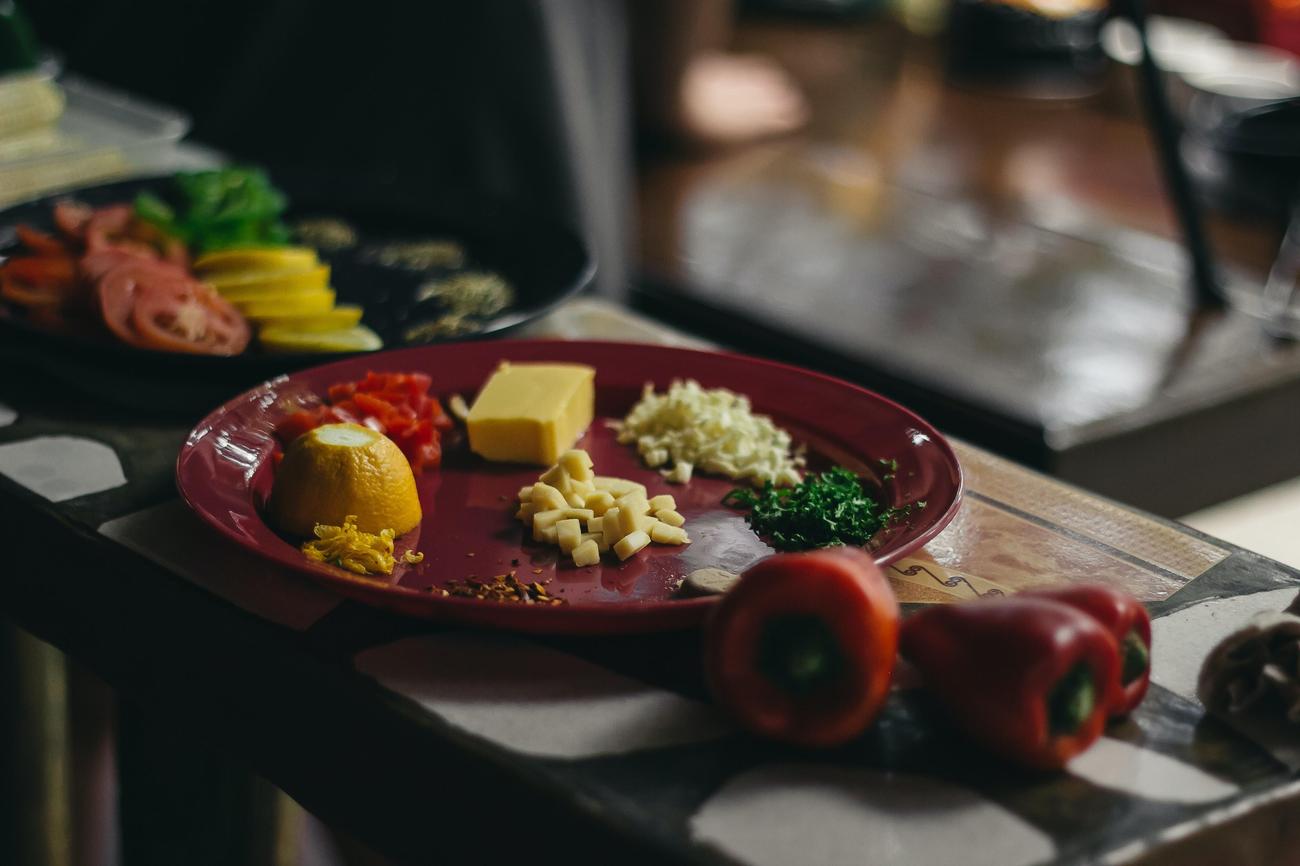
FAQ
Q: What are the main ingredients in soap?
A: Soap is made by combining fats or oils with an alkali, such as sodium hydroxide or potassium hydroxide.
Q: How do soap molecules work?
A: Soap molecules have a hydrophilic head and a hydrophobic tail, allowing them to attract water and repel dirt and oils.
Q: Can soap kill bacteria and viruses?
A: Yes, soap can effectively kill bacteria and viruses.
Q: Are all soaps the same?
A: No, not all soaps are the same. They may contain different ingredients and have different purposes.
Q: Are there any harmful ingredients in soap?
A: Some soaps can be harmful to the environment due to certain ingredients used in their production methods.
- Unveiling the Enigma: Mansoureh Khojasteh Bagherzadeh’s Public Appearances & Private Life in Iran - July 18, 2025
- Unveiling the Mystery: Mansoureh Khojasteh Bagherzadeh’s Husband: A Rare Glimpse into a Private Life - July 18, 2025
- Unveiling Masoud Khamenei’s Mother: Power, Influence, and Iran’s Future - July 18, 2025
